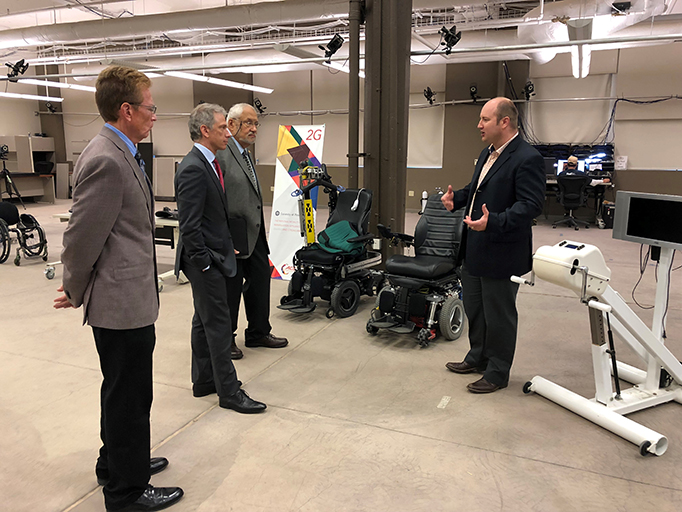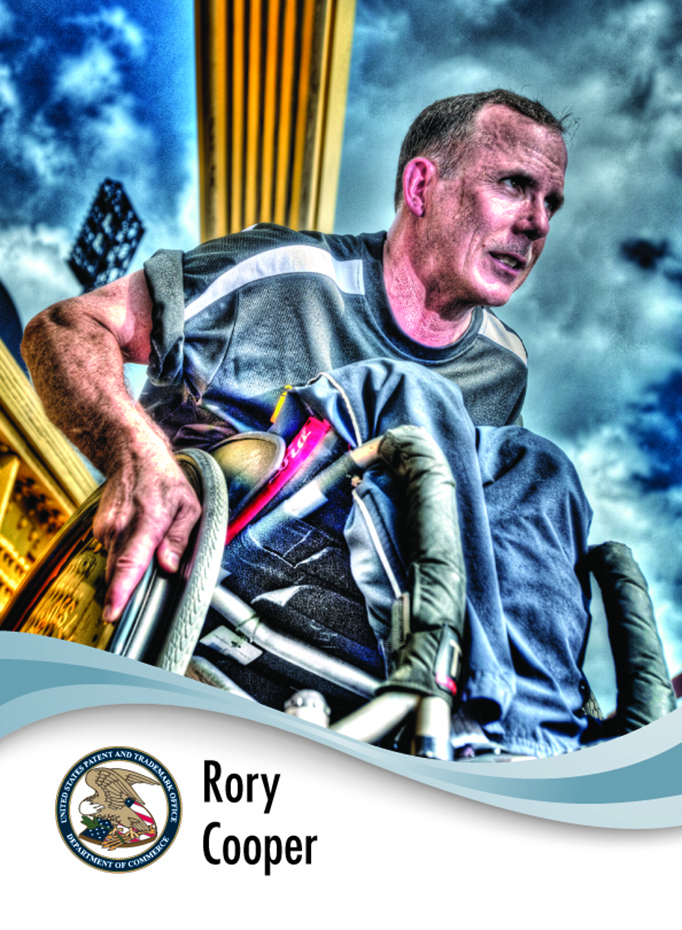National Disability Employment Awareness Month
By Under Secretary of Commerce for Intellectual Property and Director of the USPTO Andrei Iancu
October is National Disability Employment Awareness Month (NDEAM), a time to celebrate the immeasurable contributions Americans with disabilities make to the workplace and society. Individuals with disabilities create and innovate in numerous and diverse technologies. They own registered trademarks and hold patents. They are our colleagues and our loved ones, and they are a vital thread in our American tapestry.
Our work at the USPTO is enhanced by the spirit of inclusion and accessibility. Many of our employees—7% of whom self-identify as disabled—are able to perform their duties at the highest levels thanks to many of the same adaptive technologies that receive our IP protections.
Diversity has been an essential component to America’s long and successful history of innovation. This is true not only of our inventors themselves, but also the diversity in the inventing process and the technologies we bring forward. One only needs to look as far as our National Inventors Hall of Fame to see several examples of remarkable inventors who work to enhance the lives of persons with disabilities while also experiencing their own physical challenges.
Inducted in 2019, Chieko Asakawa used her personal experience to invent the Home Page Reader (HPR). The HPR provides internet access for users who are blind or visually impaired. Asakawa, who is herself visually impaired, has worked continually to ease communication for visually disabled users through many other inventions focused on accessibility.
Bill Warner, another 2019 inductee, changed film editing forever through his invention of a digital, nonlinear editor. A true testament to innovation, Warner has also invented a telephone-based, voice-activated virtual assistant and worked to improve hand pedaled cycles. Warner’s own condition requires him to use devices such as these cycles.

Left to right: John Kaplan, Director of Technology Transfer for the Department of Veterans Affairs, Andrei Iancu, Director of the USPTO, and Alois (Al) Langer, inductee to the National Inventors Hall of Fame, view and discuss technologies at the Human Engineering Research Laboratories (HERL) at the University of Pittsburgh with Dr. Garrett Grindle (right), Assistant Director of Engineering at HERL.
I recently had the pleasure of visiting the Human Engineering Research Laboratories (HERL) at the University of Pittsburgh. A joint center supported by the university and the U.S. Department of Veterans Affairs, HERL was established in 1994 by inventor, bioengineer, and professor Rory Cooper. Cooper is a distinguished professor of rehabilitation at the University of Pittsburgh and a senior career scientist for Veterans Affairs. In addition, Professor Cooper himself is a competitive para-athlete and winner of a bronze medal at the 1988 Paralympic Games in Seoul.
Starting with just Professor Cooper and two graduate students, HERL has grown to a team of about 70 researchers and innovators around the world. His team has developed more than 100 life-changing inventions and holds multiple patents related to wheelchairs, robotics, and wearable instruments designed to improve the lives of people with disabilities.
HERL’s work has led to such patented technologies as the Surge and NaturalFit Handrims, which helped to reduce injury rates of wheelchair users from approximately 80% of patients to about 20% overall. HERL’s other inventions include the Robotic-assisted Transfer Device, and the NextHealth Bed and Wheelchair to reduce strain on caregivers. HERL’s patented joystick and algorithms have made it possible for hundreds of thousands of older adults and people with disabilities to have independent mobility.

USPTO inventor collectible card for Rory Cooper
The inventive spirit of people like Chieko Asakawa, Bill Warner, and Professor Rory Cooper set inventors apart and lead to the tremendous growth of technology through innovation in America. Role models like them serve as beacons of invention to inspire us all. To learn more, read the USPTO’s latest Journeys of Innovation story on Rory Cooper, see his USPTO inventor collectible card and other USPTO inventor collectable cards on the USPTO kids pages, and read about National Disability Awareness Employment Month.
Posted at 10:25AM Oct 28, 2019 in ip | Comments[1]


Posted by Denis on December 22, 2019 at 12:04 PM EST #